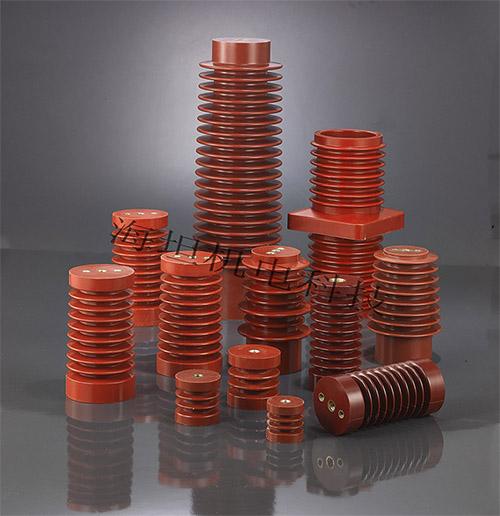High voltage insulators are at the forefront of innovation, driving advancements in power transmission and distribution systems. As technology evolves, so does the critical role these insulators play in ensuring the reliability, efficiency, and safety of electrical infrastructure.
Material Breakthroughs
Recent innovations in high-voltage insulator technology include breakthroughs in materials. Traditional porcelain insulators are being complemented and in some cases replaced, by advanced materials such as composite polymers and silicon rubber. These materials offer superior performance in challenging environmental conditions, providing increased resistance to pollution, UV radiation, and harsh weather.
Composite Polymer Insulators
Composite polymer insulators represent a significant leap forward in high-voltage insulation technology. These insulators leverage the strength and durability of composite materials, offering benefits like reduced weight, increased mechanical strength, and enhanced resistance to electrical tracking. The design flexibility of composite polymer insulators allows for customization to meet specific voltage and environmental requirements.
Insulator Coatings for Pollution Resistance
In regions with high pollution levels, the performance of insulators can be compromised. Innovations in insulator coatings, such as silicone rubber sheds, significantly improve pollution resistance. These sheds are designed to prevent the accumulation of contaminants, ensuring consistent and reliable performance even in challenging environmental conditions.
Smart Insulators with Sensors
The integration of sensors into high-voltage insulators is a game-changer in the realm of power distribution. Smart insulators equipped with sensors provide real-time data on environmental conditions, electrical parameters, and the insulator's health. This data allows for predictive maintenance, early detection of potential issues, and optimized performance of the entire power grid.
Modular Insulator Designs
Modular designs in high voltage insulators enhance ease of installation and maintenance. These designs allow for the replacement of individual modules, reducing downtime and costs associated with insulator maintenance. The modularity also facilitates scalability, accommodating changes in voltage requirements or system expansions.
Improved Insulator Testing Methods
Advancements in testing methods ensure the reliability and performance of high-voltage insulators. Non-destructive testing techniques, such as ultrasonic and thermal imaging, enable thorough inspection without causing damage to the insulator. These methods contribute to proactive maintenance strategies, minimizing the risk of unexpected failures.
Enhanced Mechanical Strength
In high-voltage applications, insulators must withstand significant mechanical stress. Recent innovations focus on enhancing the mechanical strength of insulators, ensuring they can endure the mechanical loads associated with wind, ice, and other environmental factors. This results in a more resilient and long-lasting insulator.
Environmental Sustainability
As the world moves towards greener energy solutions, innovations in high-voltage insulator technology align with sustainability goals. Manufacturers are exploring eco-friendly materials and manufacturing processes, reducing the environmental impact of production and disposal.
In conclusion, innovations in high-voltage insulator technology are pivotal in advancing power transmission and distribution systems.
From material breakthroughs to smart insulators and sustainability considerations, these innovations collectively contribute to the reliability, efficiency, and safety of electrical infrastructure.
As technology continues to progress, high-voltage insulators will undoubtedly play a central role in shaping the future of power systems.
